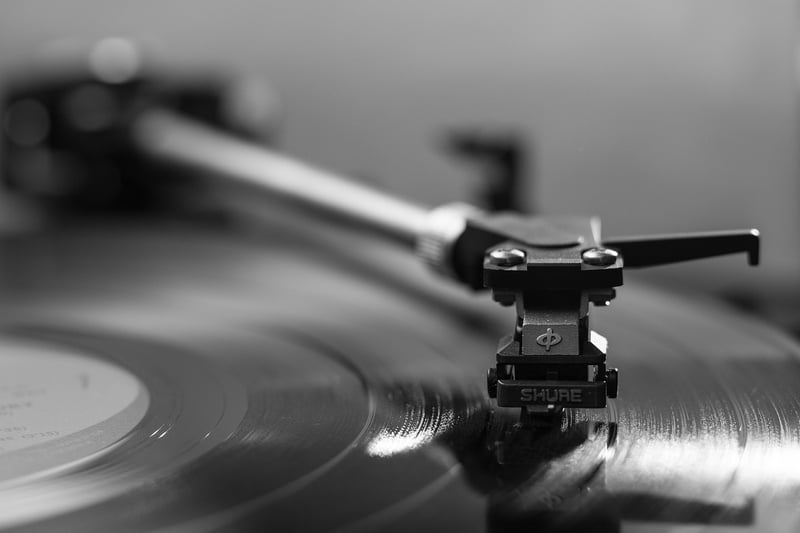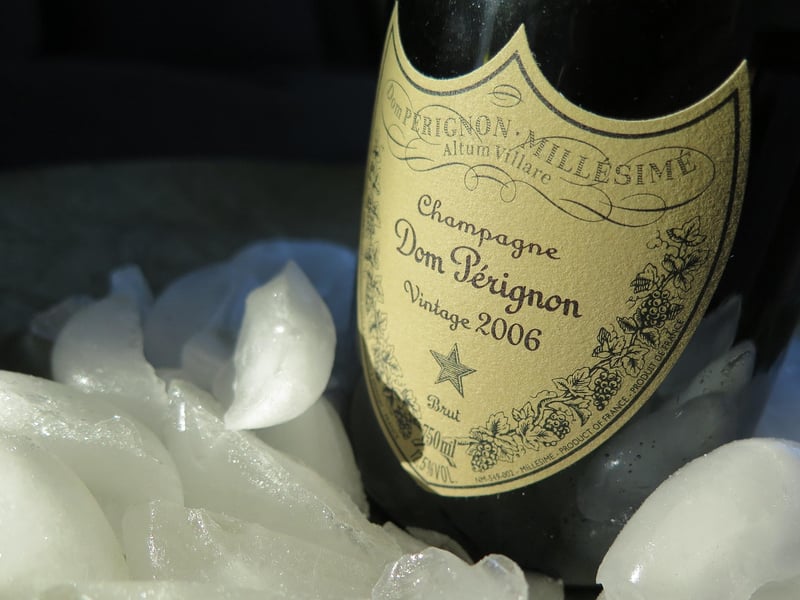Historical Etiquette
Prepare for Time Hopping: Historical Etiquette
Time travel is a concept that has fascinated humanity for centuries. The idea of stepping back in time and experiencing different eras firsthand is both thrilling and intriguing. However, before you embark on your time-hopping adventure, it's essential to understand the historical etiquette of the time periods you plan to visit.
Victorian Era (1837-1901)
The Victorian era was known for its strict social codes and elaborate etiquette rules. If you find yourself in this period, remember to:
- Dress modestly and elegantly, with women wearing long dresses and men in formal suits.
- Address people with respect using appropriate titles such as Mr., Mrs., or Miss.
- Use proper table manners, including using cutlery correctly and following dining etiquette.

Renaissance Period (14th-17th centuries)
The Renaissance was a time of cultural rebirth and artistic innovation. When navigating this period, keep in mind the following etiquette:
- Respect the arts and intellectual pursuits of the time.
- Address nobility and royalty with appropriate titles and gestures of deference.
- Engage in polite conversation and debates on art, philosophy, and science.

Roaring Twenties (1920s)
The 1920s were a time of social change, jazz music, and flapper fashion. If you find yourself in the Roaring Twenties, remember to:
- Embrace the spirit of rebellion and freedom of expression.
- Participate in dance crazes like the Charleston and the Lindy Hop.
- Adopt the slang and jargon of the era to blend in with the locals.

By familiarizing yourself with the historical etiquette of different time periods, you can enhance your time-hopping experience and avoid any cultural faux pas. So, put on your time-traveling hat and get ready to explore the rich tapestry of human history!
